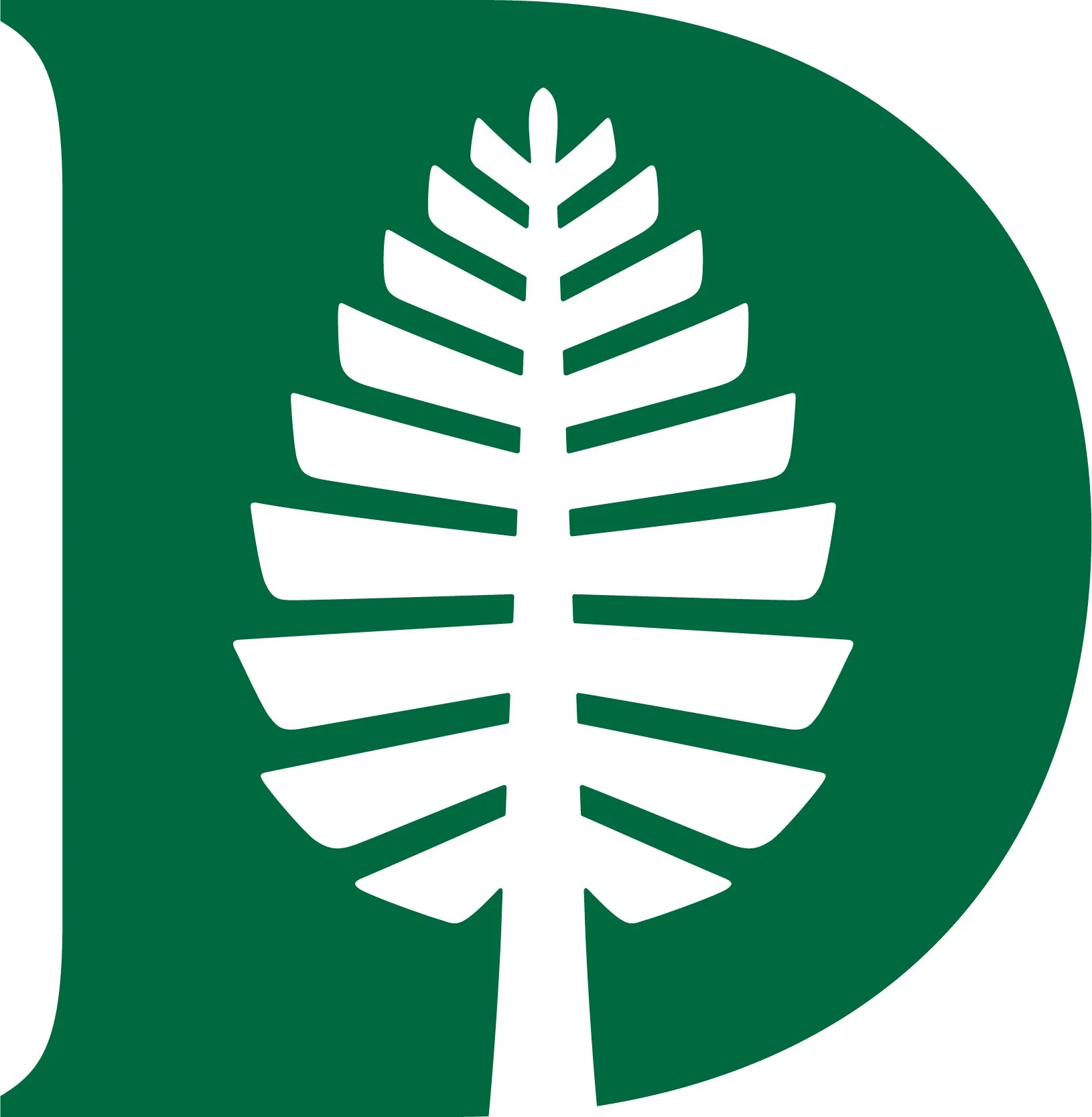Dartmouth Alumni & Families Website
Consolidating 11+ websites and more than 5k pages into a streamlined advancement website.
I led a multi-year project culminating in the relaunch of Dartmouth’s alumni and families website, combining 11 different web properties with 5,000+ pages, into a single central advancement domain. Prior to the re-launch, Dartmouth’s alumni relations and development departments were spread across 11 websites with multiple domains and subdomains. These web properties were deeply fragmented in brand experience, functionality and design—with poor user experience.
Further illuminating this issue, Dartmouth was using a campaign website to funnel nearly all traffic to its giving and storytelling initiatives. Through research with more than 500 community members, I discovered that alumni, family and friends weren’t engaging online, and they were confused about where they needed to go to make their gift. Internal Dartmouth staff were frustrated with outdated websites and they lacked the training to be able to be able to maintain their own content.
In 2025, the website relaunch was recognized by the Council for Advancement and Support of Education (CASE), earning a gold award—selected from 4,400 submissions from 33 countries.
GOALS & OUTCOMES
In the planning phase I defined three main goals for the project:
1. Streamline. Make it easier for all users—internal and external—to do the things they want and need to do.
Alumni and parents struggled with finding where to make a gift, locating resources and contact information.
Staff struggled to make updates with no version consistency in the CMS or training.
2. Attract new users.
The alumni.dartmouth.edu subdomain is the strongest domain with the most ranking keywords, making it the best option to attract and retain new users—particularly from organic search.
A single site also fosters longer page paths and improved site time as users can explore additional pages they may have never seen with a decentralized site structure.
3. Increase opportunities to improve user experience.
Detailed tagging allows users to locate content, resources, and giving opportunities relevant to them. It also allows us to learn more about our audience to improve their entire digital experience, even beyond the website.
In just the first eight months post-launch, the website converted $2.2 million in online giving. This was largely due to messaging and navigation. Research indicated that we were using too many words and calls to action to inspire giving. The web strategy prioritizes an un-cluttered filtering system to display all giving opportunities as cards on a single page titled “Make a Gift.” The other two priorities were not page specific, but offered a subtle “Give Now” hyperlink above the main navigation as well as a floating “Give Now” pop-out box—both are always visible on all pages of the website.
By the nine-month post-launch mark, the website has attracted more than 130,000 new users, with organic search as its top driver of traffic with the highest engagement rate of any channel. Traffic from organic search yielded users who had both the highest average engagement time and most engaged sessions when compared to any other channel.
Internally, I onboarded and trained more than 30 staff members, teaching them how to use the website and sharing website governance information. I worked with a developer to configure bespoke permissions to ensure editors were updating only the pages relevant to their work. I also developed a robust library of training resources such as “how-to” videos and a request system to centralize support for internal staff who need help with website updates.
MILESTONES & LESSONS ALONG THE WAY
1. Connection to the target audience: In total, I user tested our site map navigation with more than 500 alumni, parents and staff. Results of the first testing exercise showed only 60% of users were able to find the things I asked them to find with the first proposed sitemap. After analyzing results and open-ended feedback, I adjusted the site map and the second test results came back with an 80% success score.
2. Stakeholder involvement: I had to get buy-in and approval from more than 10 interdepartmental units. Working in smaller groups demonstrated to departments how the website could help them improve their existing digital presence and better achieve their goals in the future. This direct feedback loop reduced stakeholder anxiety and made it easier for our team to develop content that better aligned with stakeholder expectations. It also set up conversations for future digital strategy initiatives.
3. Tracking: I spent several weekly meetings with the developers outlining all the areas where we wanted to install backend tracking to collect information—areas such as filters, drop downs, buttons, and topics. All this tracking was built into the website before launch so that on day one our team could begin learning how users are engaging with our website.
4. Web access for all who want it: Post-launch we built out a website editors user group and resources library. We clearly identified the roles and responsibilities of the website users and hosted a recorded training session to teach basic web editing skills. A Slack channel serves as an efficient way to help web editors with updates. This approach is different because it encourages stakeholders to learn how to make edits if they want to be involved, rather than taking away or witholding access.
